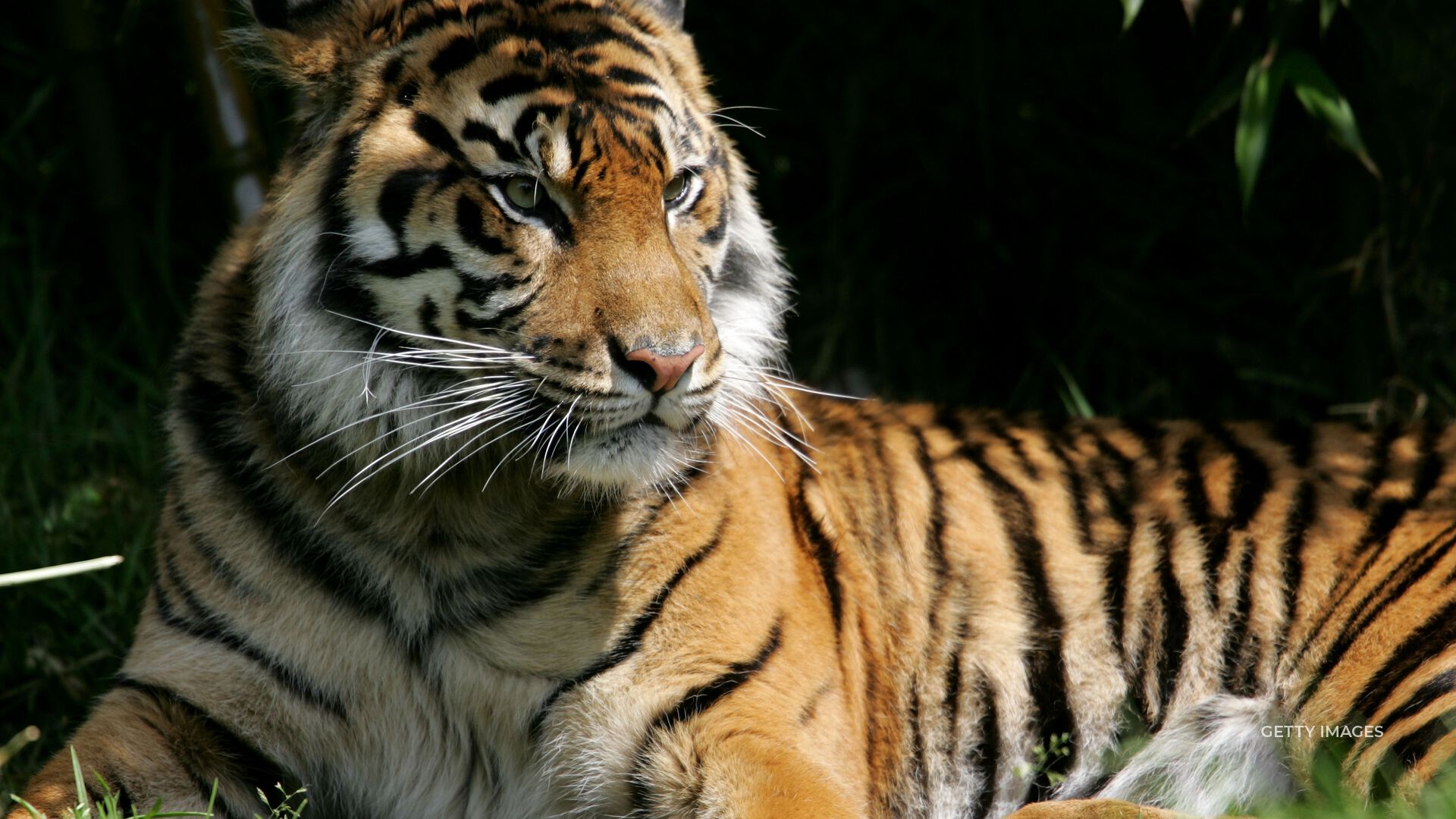According to a report released Thursday by the International Union for Conservation of Nature (IUCN), despite still being endangered, the worldwide tiger population is 40% higher than previously believed. According to the IUCN, the population increase was caused by better monitoring, and the population is believed to be either steady or growing. Projects to safeguard tiger habitats have demonstrated “recovery is possible.”
There are believed to be as many as 5,578 wild tigers around the world. The 40% increase is compared to the union’s most recent estimate back in 2015. The tiger was still listed as endangered, but the population trend showed that initiatives like the IUCN’s integrated tiger habitat conservation program are succeeding and recovery is conceivable as long as conservation efforts continue.
“Expanding and connecting protected areas, ensuring they are effectively managed, and working with local communities living in and around tiger habitats, are critical to protect the species,” the IUCN said.
Dr. Jon Paul Rodríguez, Chair of the IUCN Species Survival Commission, added, “We need to learn from these conservation successes, share them with the public, and increase our investment in evidence-based conservation action.”
According to the World Wildlife Fund, the population of wild tigers has begun to increase in their primary habitats in India, Nepal, Bhutan, Russia, and China after a century-long decrease. The IUCN revised its “red list” of threatened species, the most comprehensive source of information on the state of worldwide conservation for plants, animals, and fungi, and it also included a reevaluation of the number of tigers.
While the report is promising news for the endangered tiger population, another popular species was just added to the endangered list this week. The monarch butterfly population has decreased to a dangerous level, prompting the re-classification.
“It is tragic to see one of the world’s most well-known butterfly species, with remarkable migratory behaviors and local cultural significance, threatened with extinction,” Sophie Ledger, a researcher with the Zoological Society of London, said in a statement. “Assessments like these provide us with the foundations for conservation actions to try and help protect a species and avert further loss.”







